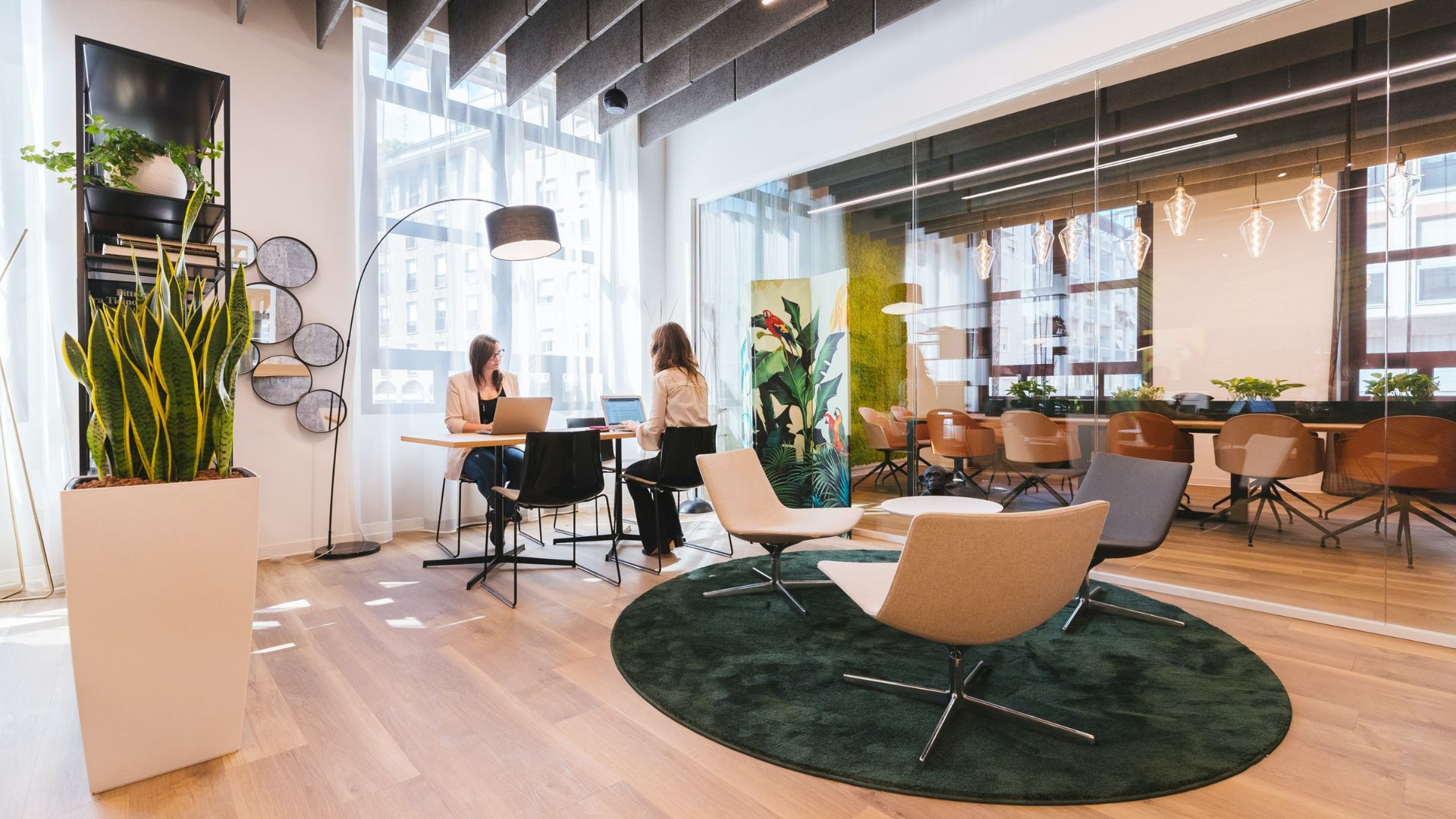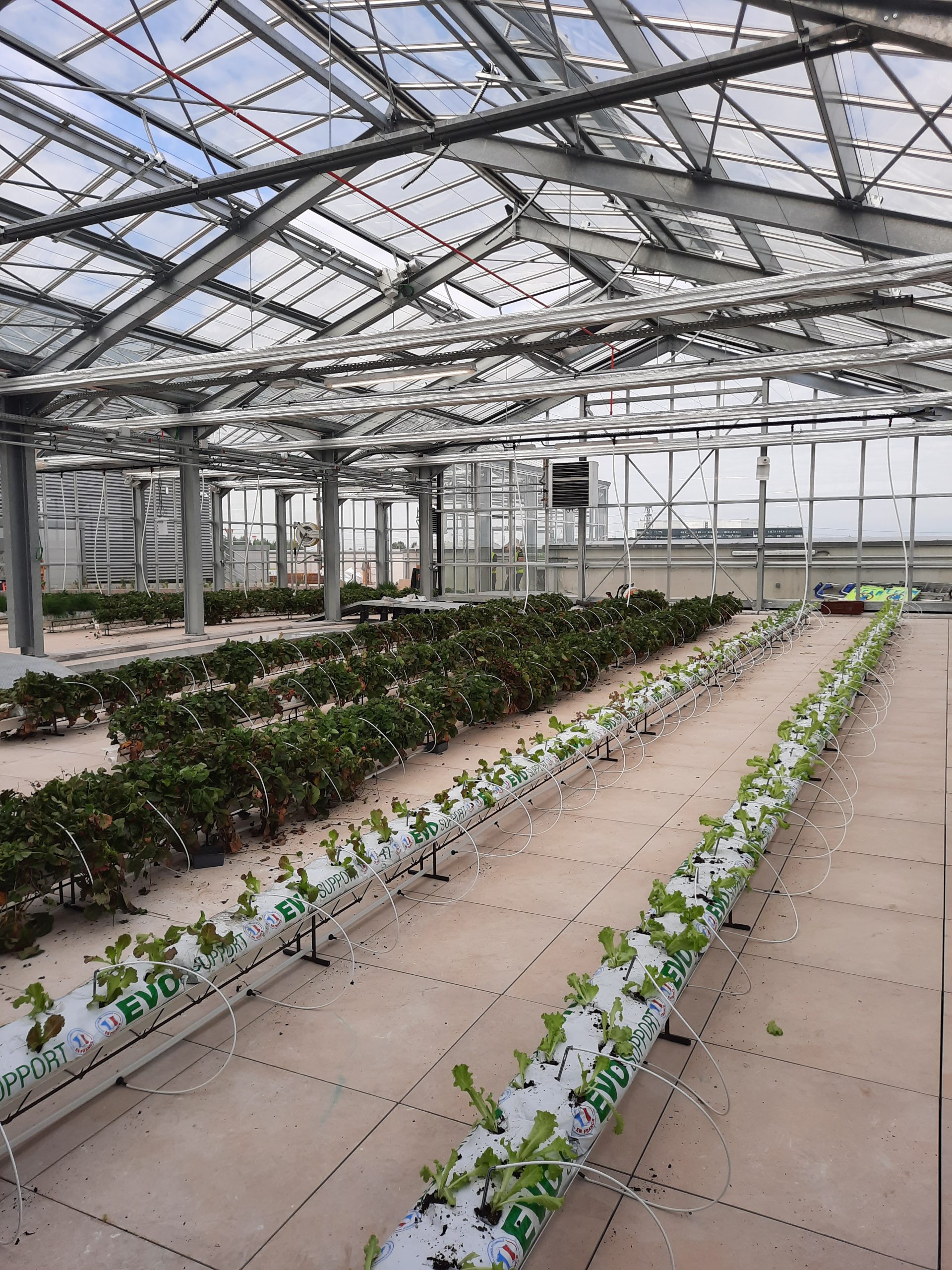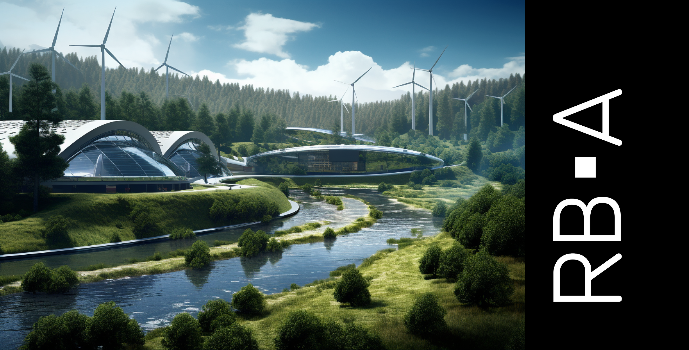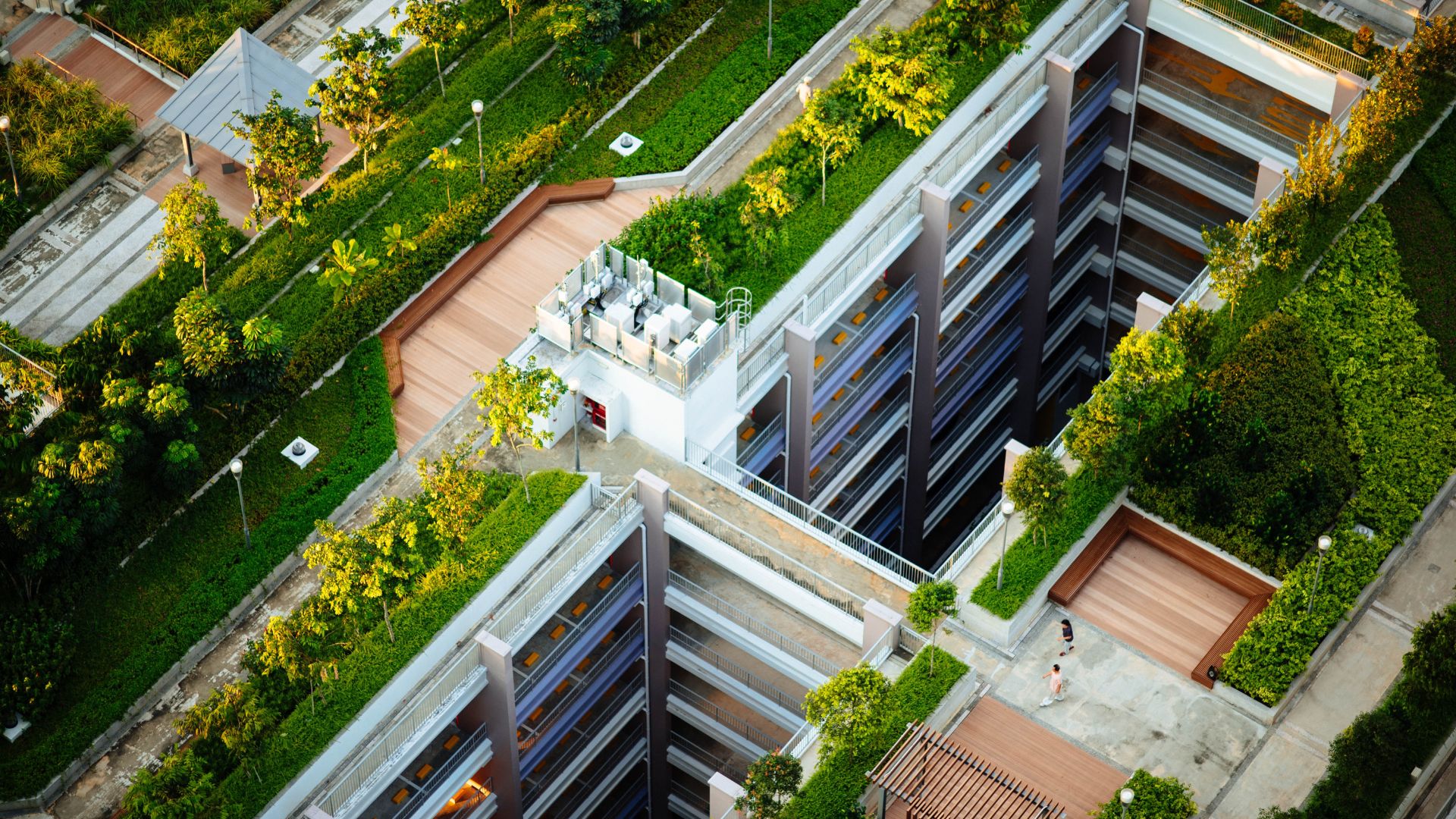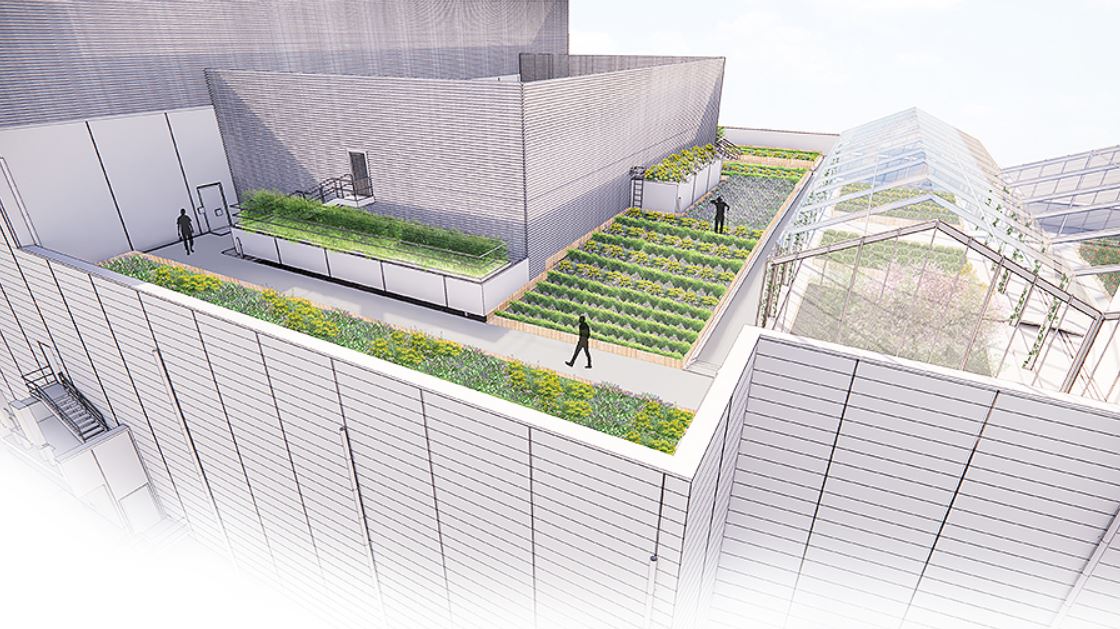Biophilic design – five key considerations ahead of implementation
In the final instalment of our blog series exploring biophilic design, RBA’s BIM lead, Yvonne McCormack takes a closer look at the environmental considerations which need to be taken into account, prior to getting started.
Investing in biophilic design can be complex and multi-faceted, but several steps can be taken to ensure the most successful results. Done right, developers can create healthier places while minimising their carbon footprint by ensuring a few core principles are applied during construction or retrofit projects.
Firstly, it is crucial to research which biophilic strategies will work best for specific projects, as each needs to be tailored according to the local environment and climate. Secondly, budget considerations should also be made while factoring in cost savings from energy efficiency measures over time. And lastly, developers must ensure they are engaging with relevant stakeholders, such as architects and designers who have experience working with these principles, so they can create an effective implementation plan that ensures all aspects of the project are adequately addressed.
In practice, the key is striking a balance between protecting natural resources while still creating effective and aesthetically pleasing designs.
To that end, developers need to make sure they are making responsible choices when selecting materials or plants for their projects. This could include using sustainably-sourced timber or locally-grown vegetation, while also avoiding invasive species that can harm native ecosystems.
Additionally, designers must consider how they integrate these elements into their plans to minimise impact and ensure environmental protection is taken seriously throughout the project life cycle.
The key to successful implementation lies in finding a balance between design considerations and common sense. Solutions can range from adding plants, choosing neutral colours, and making use of natural lighting from outdoors, to investing in breathable walls, creating permeable ground surfaces, and utilising biomorphic shapes.
Large or small, these are all worthwhile investments that meet both sustainability requirements and occupant comfort needs.
Ultimately it is about assessing every option carefully to ensure any disruption caused by construction is kept to a minimum so you can enjoy the desired end result without compromising on cost or quality.
One of the most popular trends of the biophilic era is incorporating living walls or green roofs into buildings. However, developers must ensure these systems are designed with local climate and weather conditions in mind — as these can impact their long-term performance.
Elsewhere within the building, natural materials such as wood and stone should be considered as they can help reduce energy consumption and promote better air quality by trapping pollutants.
Getting started with biophilic design might feel challenging, but try some of these simple ideas to help get the process underway in your office or home:
1. Introduce plants into the space.
2. Use natural materials such as wood and stone in decoration and furniture choices.
3. Place outdoor bird feeders close to windows, to encourage wildlife visits.
4. Incorporate natural lighting by installing large windows or skylights.
5. Hang artwork depicting the beauty of nature.

